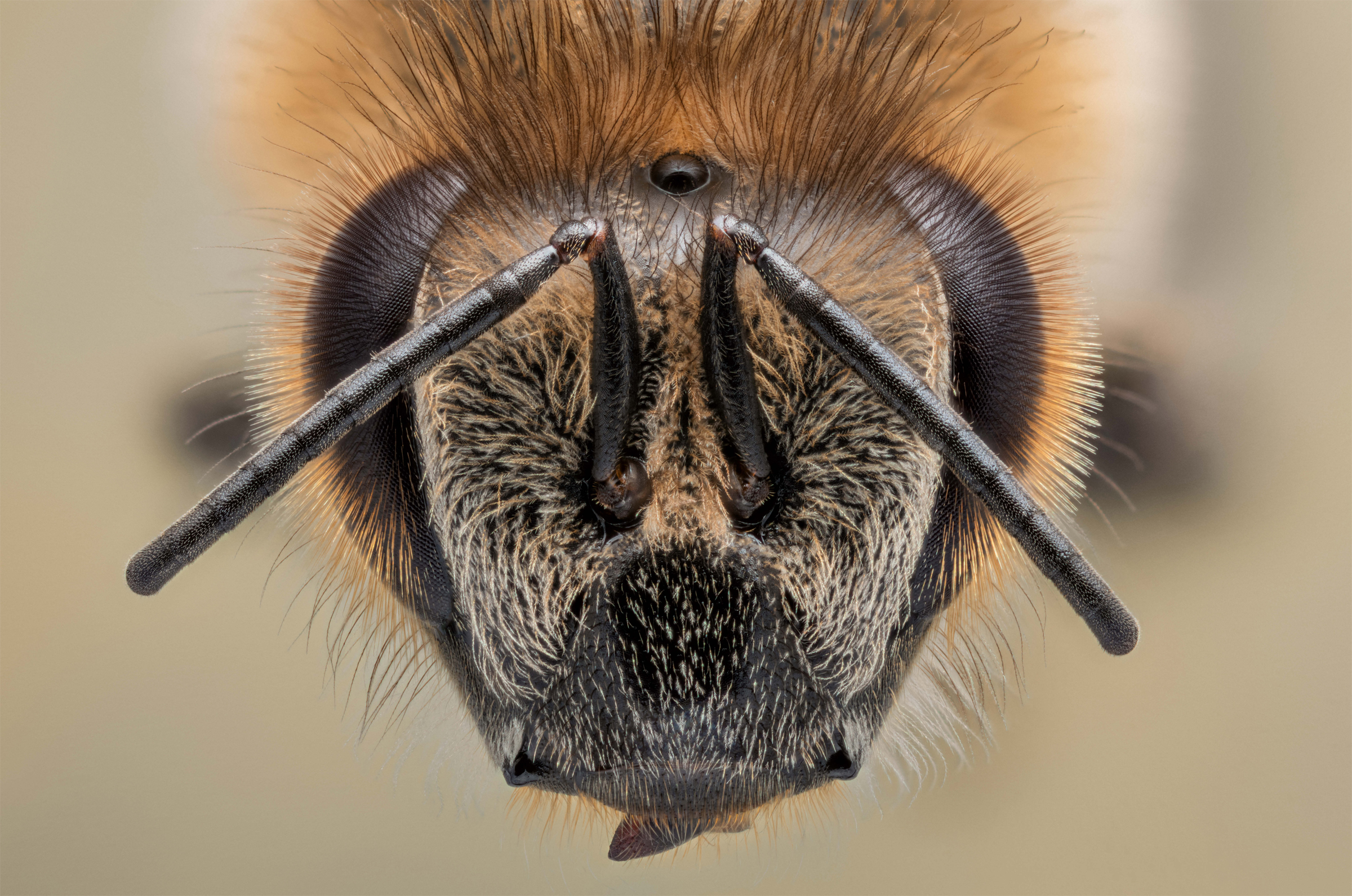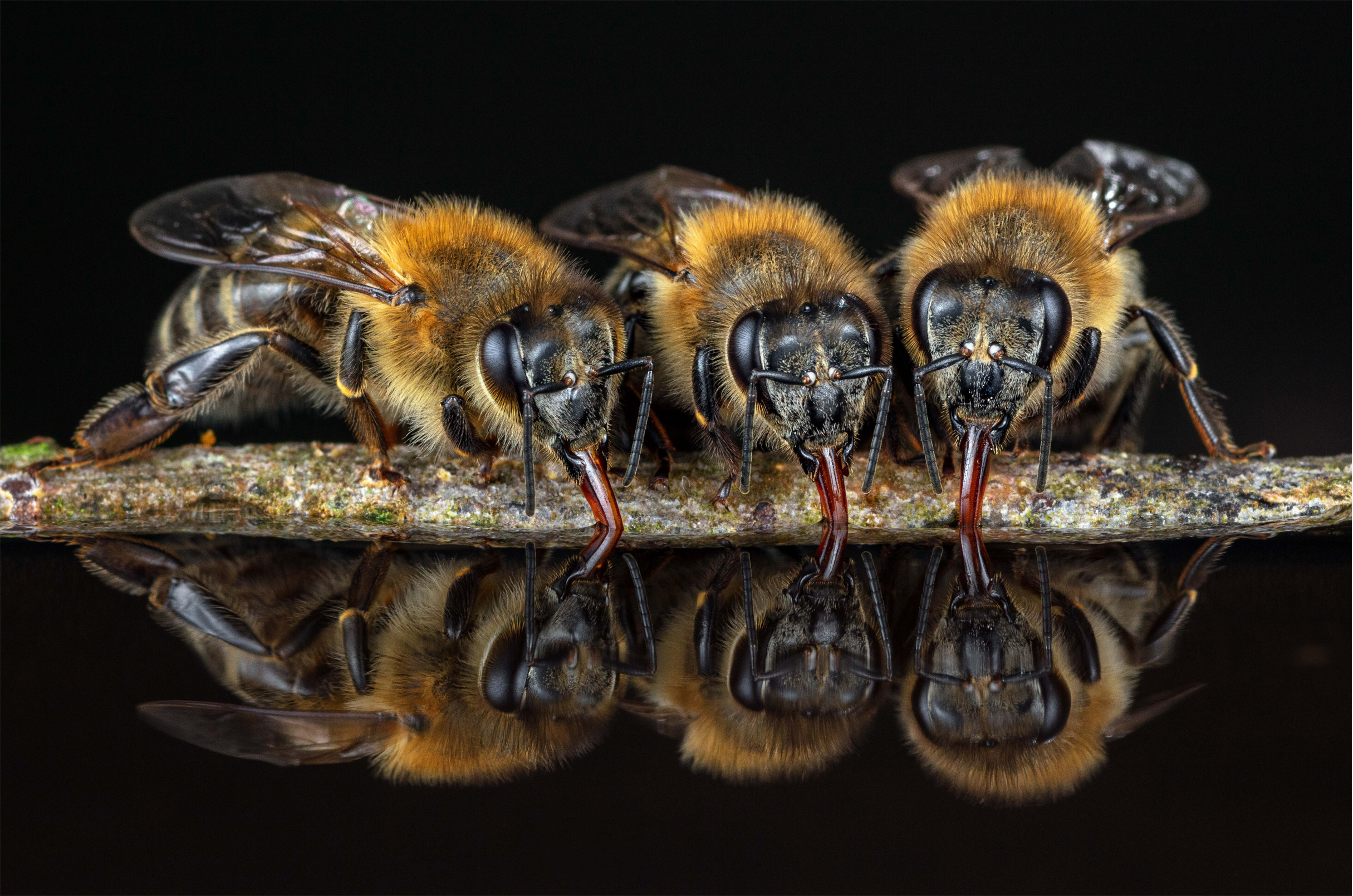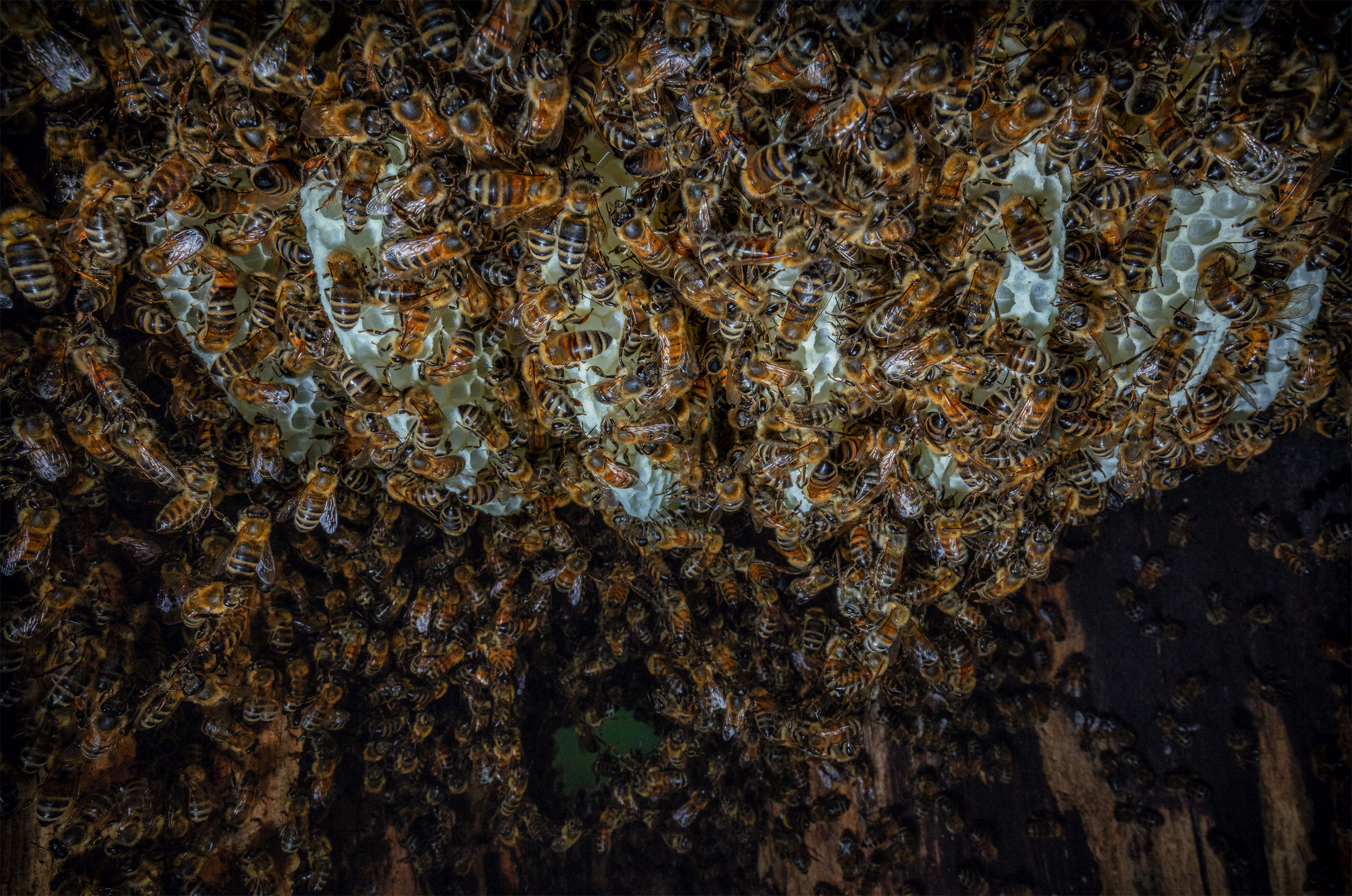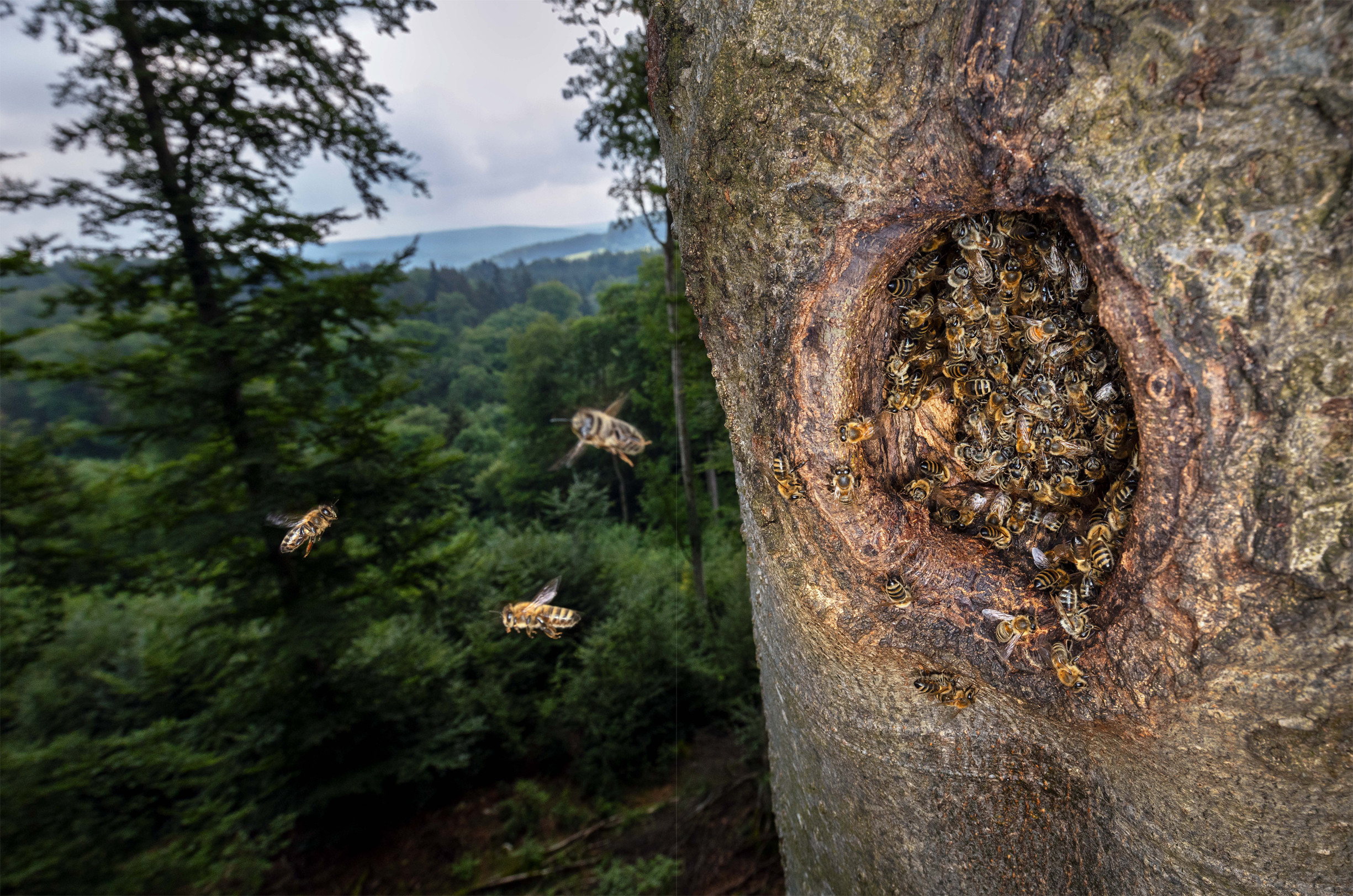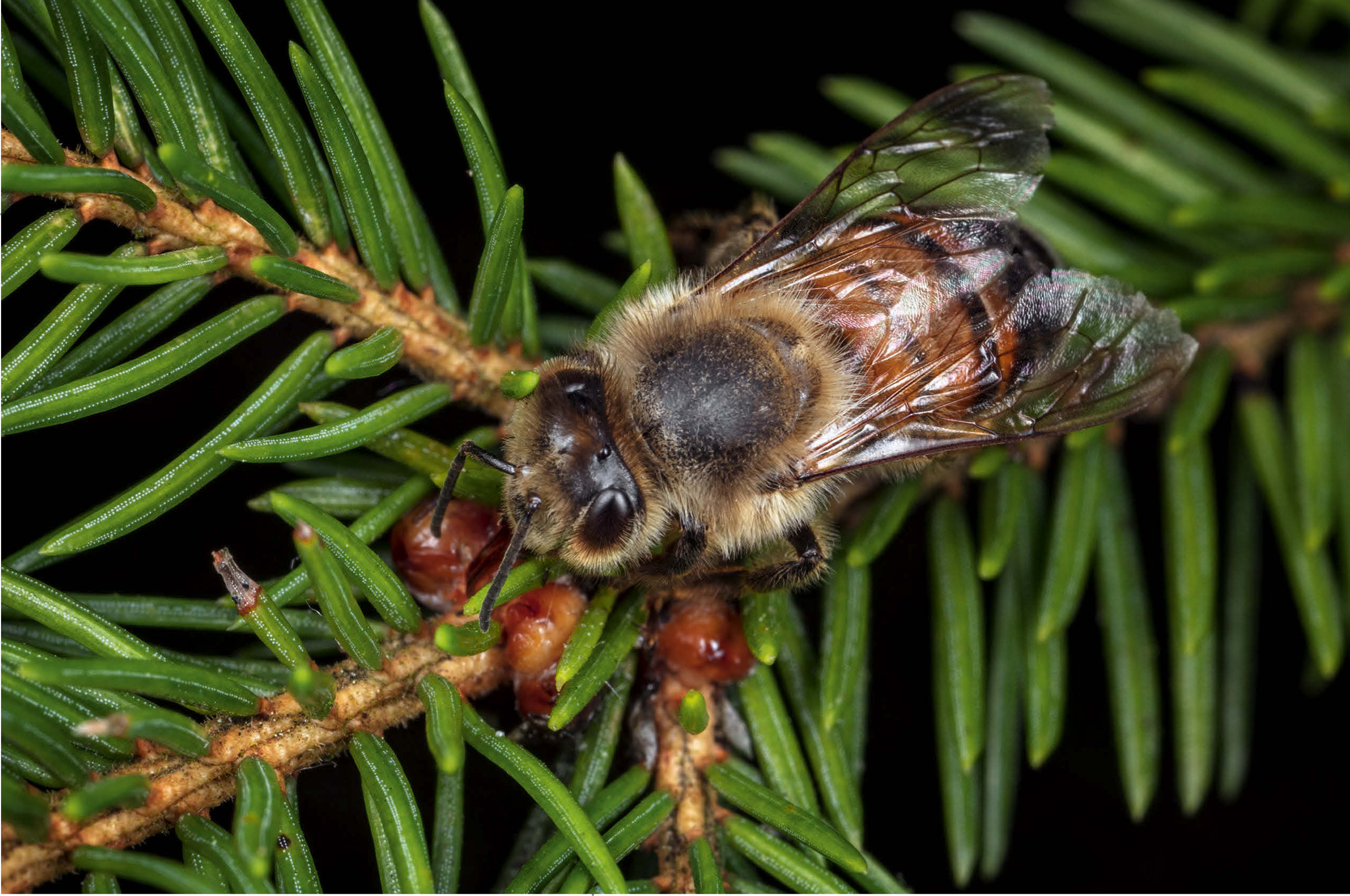Ingo Arndt - Wild Honey Bees: An Intimate Portrait
Here you can read online Ingo Arndt - Wild Honey Bees: An Intimate Portrait full text of the book (entire story) in english for free. Download pdf and epub, get meaning, cover and reviews about this ebook. City: Princeton, year: 2022, publisher: Princeton University Press, genre: Science. Description of the work, (preface) as well as reviews are available. Best literature library LitArk.com created for fans of good reading and offers a wide selection of genres:
Romance novel
Science fiction
Adventure
Detective
Science
History
Home and family
Prose
Art
Politics
Computer
Non-fiction
Religion
Business
Children
Humor
Choose a favorite category and find really read worthwhile books. Enjoy immersion in the world of imagination, feel the emotions of the characters or learn something new for yourself, make an fascinating discovery.

- Book:Wild Honey Bees: An Intimate Portrait
- Author:
- Publisher:Princeton University Press
- Genre:
- Year:2022
- City:Princeton
- Rating:4 / 5
- Favourites:Add to favourites
- Your mark:
Wild Honey Bees: An Intimate Portrait: summary, description and annotation
We offer to read an annotation, description, summary or preface (depends on what the author of the book "Wild Honey Bees: An Intimate Portrait" wrote himself). If you haven't found the necessary information about the book — write in the comments, we will try to find it.
A lavishly illustrated exploration of the mysterious, hidden world of forest-dwelling wild honey beeswith new insights that promise to revolutionize conservation and beekeeping
The honey bee, a key pollinator, is now an endangered species, threatened by human activity and loss of biodiversity. Because of this, understanding forest-dwelling wild honey beeswhich are more resistant to diseases and parasites than honey bees kept by beekeepersis more important than ever before. In this lavishly illustrated book, Ingo Arndt, one of the worlds best wildlife photographers, and Jrgen Tautz, one of the worlds leading bee experts, set out on the trail of wild honey bees, bringing back sensational photographs, some of which document behaviors never captured before, and new scientific insights that promise to revolutionize conservation and beekeeping.
A remarkable number of wild honey bee colonies still exist, living in hollow trees inside the forest, largely unnoticed by humans. This book explores the fascinating secret world of wild honey bees, including the adaptations and behaviors they have acquired to survive and the new challenges they face today. Featuring incredible macro and wide-angle photographs, some taken from inside hives, Wild HoneyBees is a unique collaboration that documents a major research project and offers critical new insights about these essential creatures.
- A stunning photographic record that documents for the first time the original way of life of the endangered, forest-dwelling honey bee
- A unique collaboration between one of the worlds best wildlife photographers and one of its leading bee experts
- Features incredible macro and wide-angle photographs, some from inside the hive, depicting bees as never seen before
- Offers fascinating new insights into the mysterious, hidden world of the wild honey bee
Ingo Arndt: author's other books
Who wrote Wild Honey Bees: An Intimate Portrait? Find out the surname, the name of the author of the book and a list of all author's works by series.

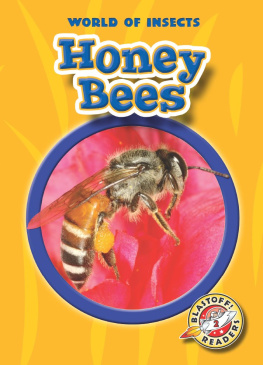
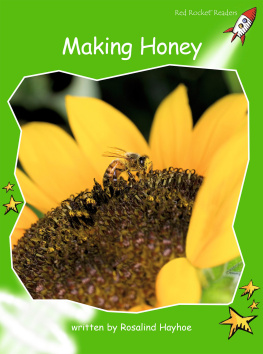
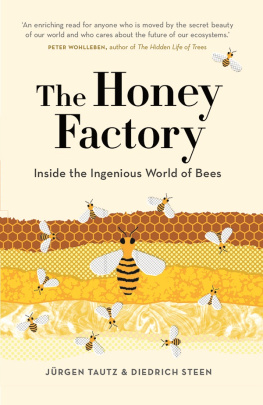

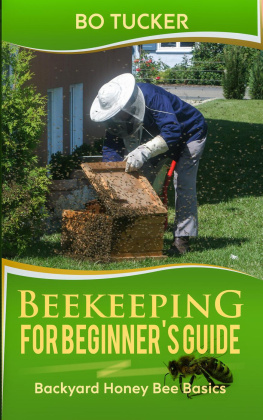

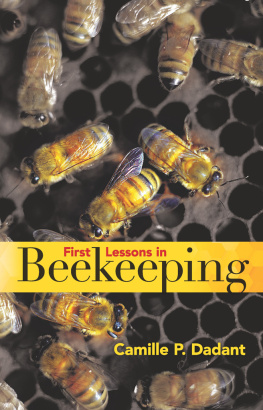
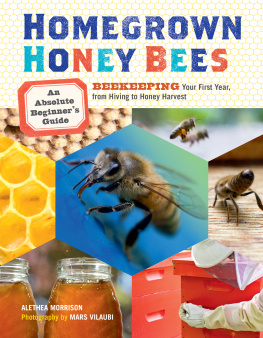

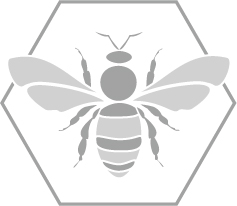 18
18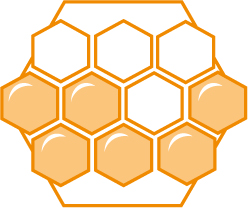 24
24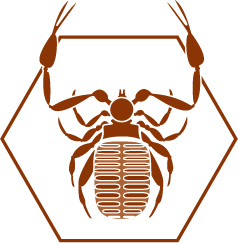 55
55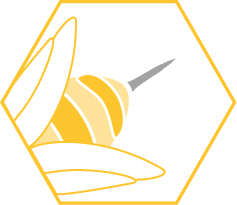 66
66 87
87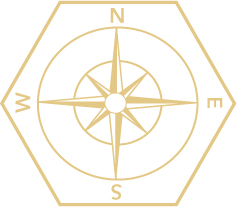 106
106 128
128 165
165